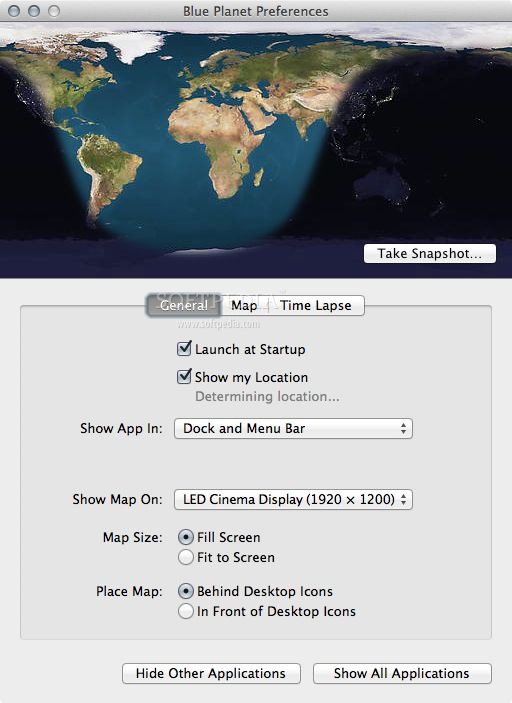
After only a few trips, its gravity would have significantly disrupted the other planets, whose own gravitational pushes would have changed the hypothetical world's orbit significantly. Both papers are available to the public.Ī planet with an orbit so eccentric that it took 3,600 years to orbit the sun would create instabilities inside our 4.5-billion-year-old solar system. In the follow-up of the 1984 survey, most of the sources turned out to be distant galaxies. Such surveys are common in astronomy and usually involve follow-ups that individually detail the more interesting sources. Remember: most diving watches are able to go deeper than humans themselves can go, so you should, invariably, be fine in most scenarios.Proponents of the fictitious planet note that, in 1984, a scientific paper was published in the Astrophysical Journal Letters which discussed several infrared sources with "no counterparts" that turned up in a survey of the sky. What you can rely on, however, is that if you use your dive watch (resistant, as we know, to a minimum of 100-metre depth) for recreational swimming, you shouldn’t have a problem (although try and avoid the bath or shower, where excessive humidity can present problems of their own). Take them any depth below that and not only will your watch not be water-resistant, but it will be broken. Are dive watches actually waterproof?ĭive watches are always only water-resistant to the depth stipulated on the watch. Other key characteristics include a screw-in crown and case-back finished with rubber seals, and an extra-thick crystal (occasionally domed) to deal with all the extra pressure. If your dive watch is particularly fancy, you may also have a built-in depth sensor. This builds up as divers go deeper underwater. Another useful thing to have is a helium escape valve, which allows for the safe release of potentially damaging helium in the watch. What’s more, the watch should be finished with luminous hands and indices in order to make them both readable at depth. Your dive watch will most likely also feature a long rubber strap, making it both suitable for underwater use and for wear over a wetsuit.

Firstly, most dive watches will feature a rotating bezel, which allows the diver to easily measure elapsed time. There are many characteristics that define a true dive watch.

Which characteristics define a dive watch? Those at the shallower end of the dive spectrum should be used for more recreational scuba diving, snorkelling and swimming, while technical divers will require something with greater resistance. Where most dive-ready timepieces these days will be able to reach minimum depths of 200-300 metres, some can go as deep as 20,000 feet below the surface of the sea – the CX Swiss Military Watch being a case in point. Technically speaking, a dive watch is a timepiece that can withstand a minimum water-resistance of 10 atm (the equivalent of around 100 metres).

Though the vast majority of dive watches have now been superseded in functionality by dive computers, dive watches were originally used by divers to calculate the amount of time spent underwater – important when you’re dealing with oxygen tanks with limited supply. Here, to help you investigate, whatever your reason for opting into the dive watch trend, is our ultimate guide to what you need to look for, what you should (and shouldn’t) be buying, and any other deep, pressing questions you might be fathoming – like what characteristics define a dive watch.


 0 kommentar(er)
0 kommentar(er)
